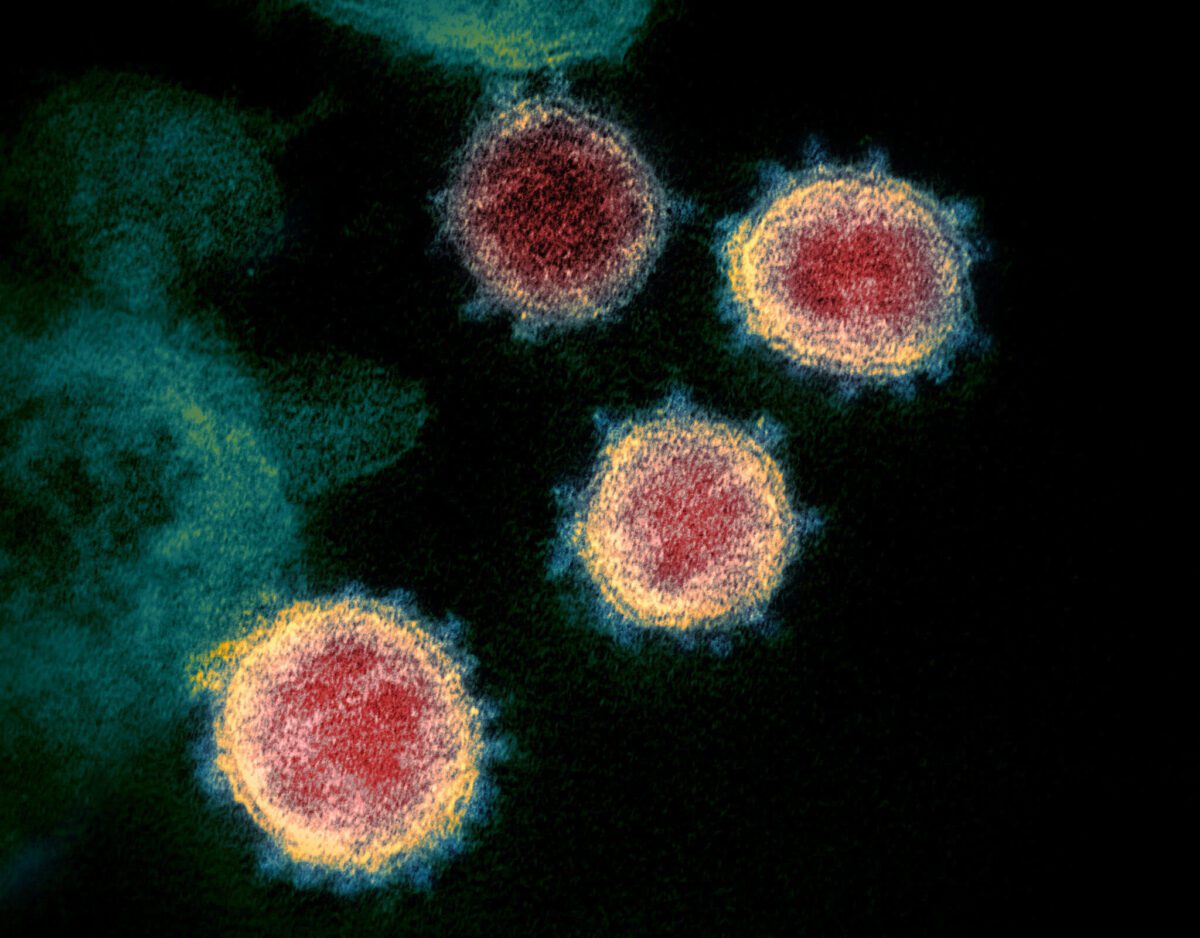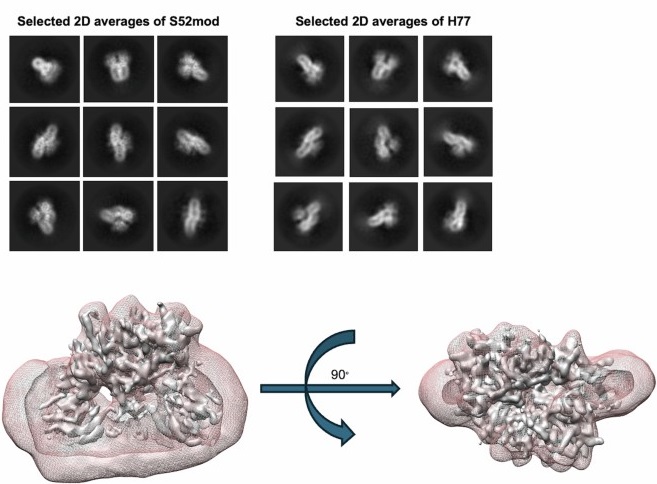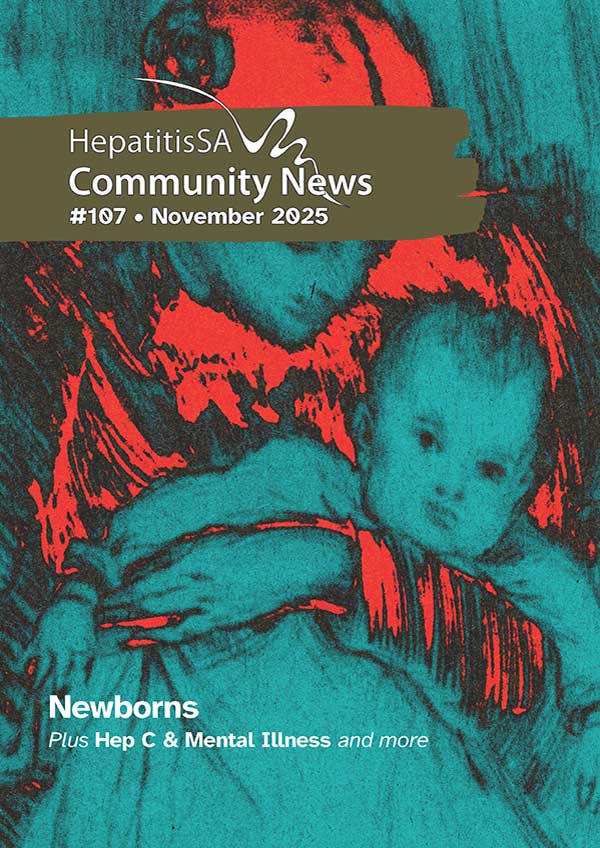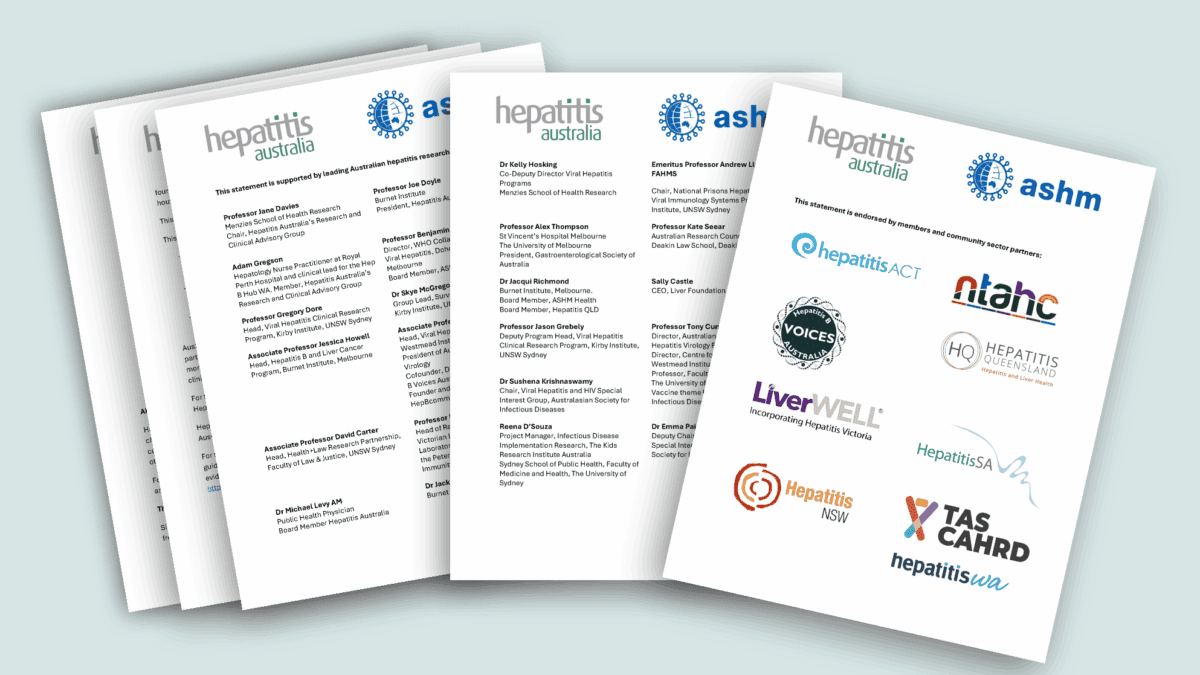One significant contrast between the two most damaging viral hepatitis viruses is that hepatitis B can be vaccinated against, but the is no reliable cure. Hepatitis C, on the other hand, can be cured, but there is no vaccine.
One common method of developing a vaccine against a virus involves looking at the virus’s physical structure. For example, the COVID coronavirus (literally “crown-like virus”) is so named because its surface is covered in spiky proteins that give it a sea-urchin or crown-like appearance. These spikes are also what the virus uses to attach itself to its host’s cells and hijack them.

The hepatitis C virus (HCV) has a very different structure, and understanding the nature and physical form of the protein complex which allows it to infect human cells is key to the creation of any vaccine. Now a new study by a research team at the University of Copenhagen has begun to unlock these secrets.

It has been known for a while that the outer shell of the hepatitis C virus has two proteins known as E1 and E2 which form a complicated structure together, but the nature of that structure was what this study was able to determine.
“We are the first ever to identify the protein complex at the surface of the hepatitis C virus that enables it to bind to our cells,” explained Associate Professor Jannick Prentø, one of the study’s authors.
“Expressing and cleaning up the protein complex is extremely difficult, which is why it has not been done before. The structure of these proteins on the surface of the hepatitis C virus makes them extremely vulnerable. Researchers did not know what they were dealing with, and therefore, whenever someone tried to reproduce these protein structures in the lab they would fall apart before they could get a chance to study them.”

However, the Copenhagen team managed to work with these fragile proteins. “We managed to describe their structure, and this has enabled us to reproduce these protein complexes outside the cell and study them closely,” explained Associate Professor Pontus Gourdon, another of the paper’s authors.
The findings can now be used as a first blueprint for HCV vaccine development. Research will focus on adapting these proteins, in the absence of the hepatitis C virus itself, so that they can trigger an antibody response without any viral infection–the next step in creating a safe and effective vaccine.
Source: https://pubmed.ncbi.nlm.nih.gov/39232163/
Last updated 10 April 2025
More from:
Enjoyed this article? Subscribe to be notified whenever we publish new stories.
Subscribe for Updates





